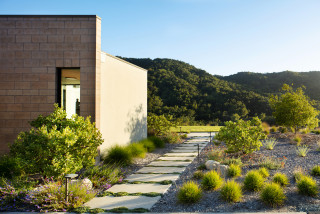To provide the best experiences, we use technologies like cookies to store and/or access device information. Consenting to these technologies will allow us to process data such as browsing behavior or unique IDs on this site. Not consenting or withdrawing consent, may adversely affect certain features and functions.
The technical storage or access is strictly necessary for the legitimate purpose of enabling the use of a specific service explicitly requested by the subscriber or user, or for the sole purpose of carrying out the transmission of a communication over an electronic communications network.
The technical storage or access is necessary for the legitimate purpose of storing preferences that are not requested by the subscriber or user.
The technical storage or access that is used exclusively for statistical purposes.
The technical storage or access that is used exclusively for anonymous statistical purposes. Without a subpoena, voluntary compliance on the part of your Internet Service Provider, or additional records from a third party, information stored or retrieved for this purpose alone cannot usually be used to identify you.
The technical storage or access is required to create user profiles to send advertising, or to track the user on a website or across several websites for similar marketing purposes.





If you live in an area with a warm-winter climate, you might want to consider a tile path.
Tiles can be less expensive than concrete, stone and brick while still delivering plenty of style. Options include terra-cotta and clay tiles as well as unglazed ceramic and porcelain tiles.Glazed terra-cotta or clay tiles, with their rustic appeal, earth tones and natural variations, are a great choice for paths in the Southwest, but they also can feel at home in other warm-climate areas. These tiles can take day-to-day wear; between the two, terra-cotta tiles are less prone to cracking. You can set either on a concrete or sand-and-gravel base, although the former will provide more stability. Clay tile can be more slippery than terra-cotta tile when wet.
The porous nature of terra-cotta and clay tiles makes them more susceptible to stains, fading and surface damage. To keep them looking their best, clean up dirt and debris regularly and address any stains as soon as they appear. Applying a sealant can help protect against discoloration and wear, but keep in mind that resealing every few years would be necessary to maintain that protection.